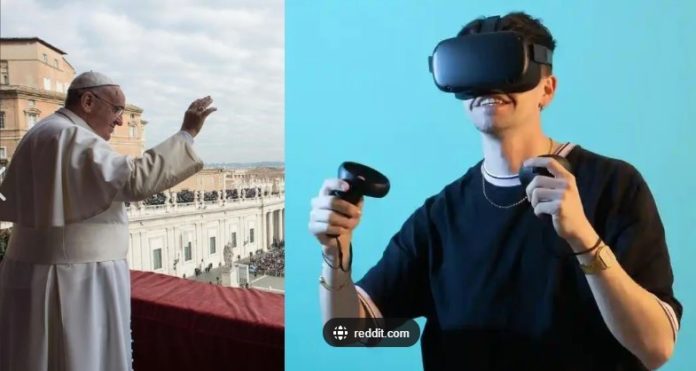
The Vatican has announced its plans to enter the metaverse through a strategic partnership with tech company Sensorium.
The aim of this public-private partnership is the development of an NFT-gallery accessible through VR and desktop of the Vatican’s collection, which currently averages six million in-person visitors a year. Works in the collection include those from Michelangelo, Raphael, Marc Chagall, Salvador Dalí, Paul Gauguin, Wassily Kandinsky, Vincent van Gogh, and Pablo Picasso.
Humanity 2.0, a non-profit Vatican affiliated organisation, has reportedly made this connection with Sensorium as part of its aim to tackling obstacles to humanity’s socio-economic and cultural development through leadership, media, and technology.
Father Philip Larrey, chairman of Humanity 2.0 commented: “We look forward to working with Sensorium to explore ways to democratise art, making it more widely available to people around the world regardless of their socio-economic and geographical limitations. The partnership with Sensorium brings this goal a step further and equips us with the latest tech solutions.”
Further to this a representative from the Vatican told Art News that NFTs won’t be used to sell products or objects, stating that, “The nature of this project for Humanity 2.0. is exclusively social and not commercial. Also, here NFTs don’t necessary have to come in a form of artworks, but can also include tickets and other objects.”
Sensorium Galaxy, the company’s metaverse product, is now in beta and set to launch later this year.










